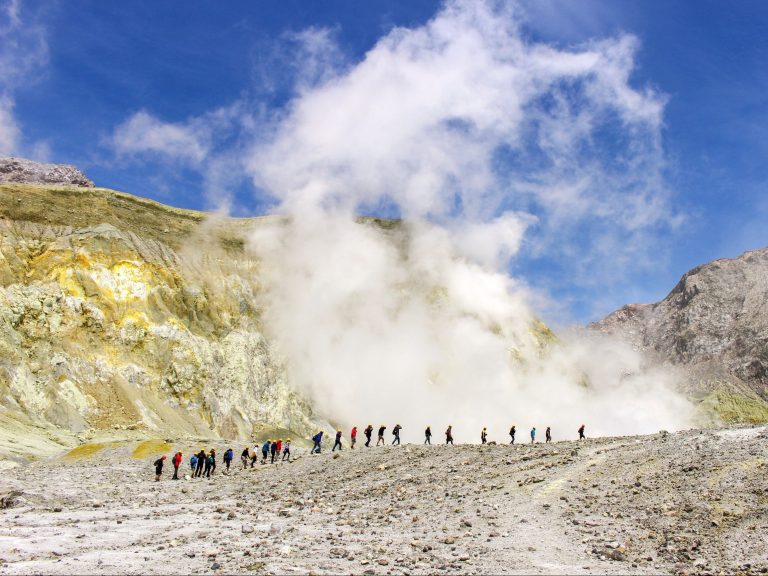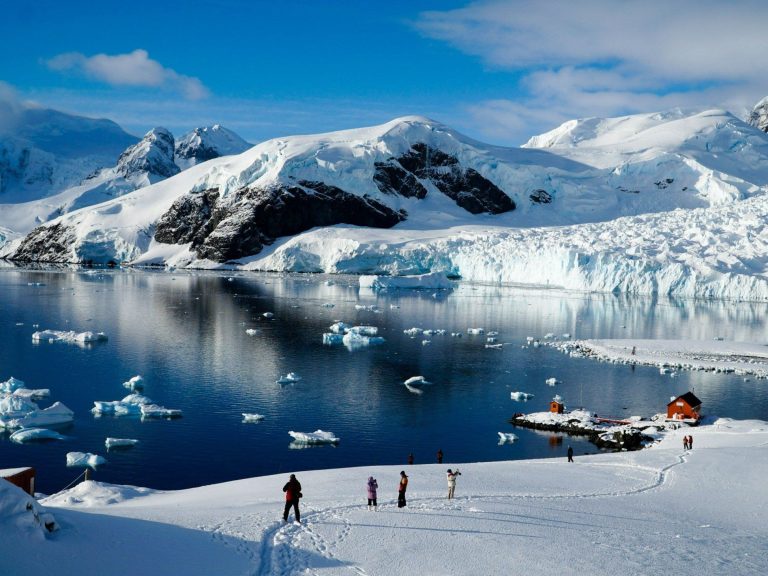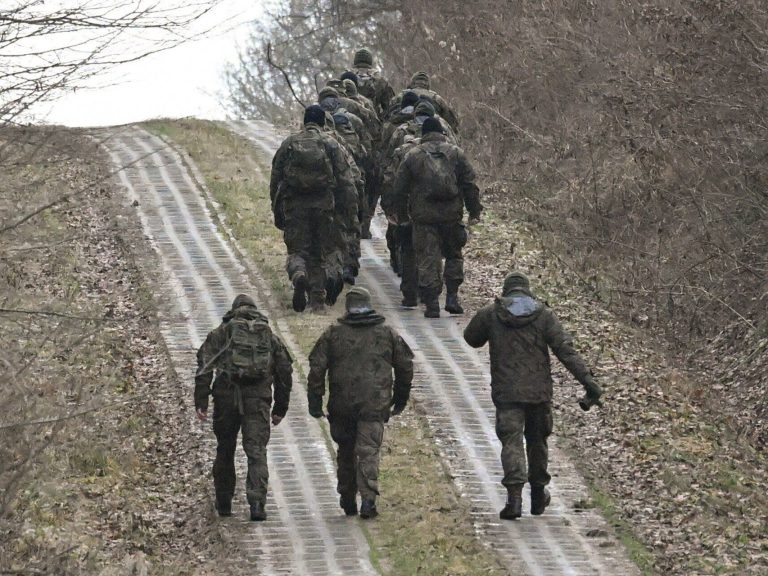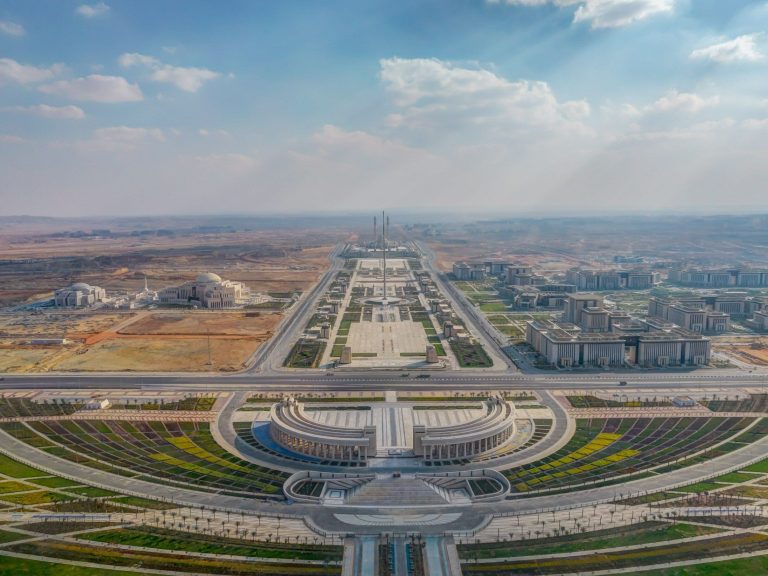Croats call this place “little Poland”. It's perfect for holidays
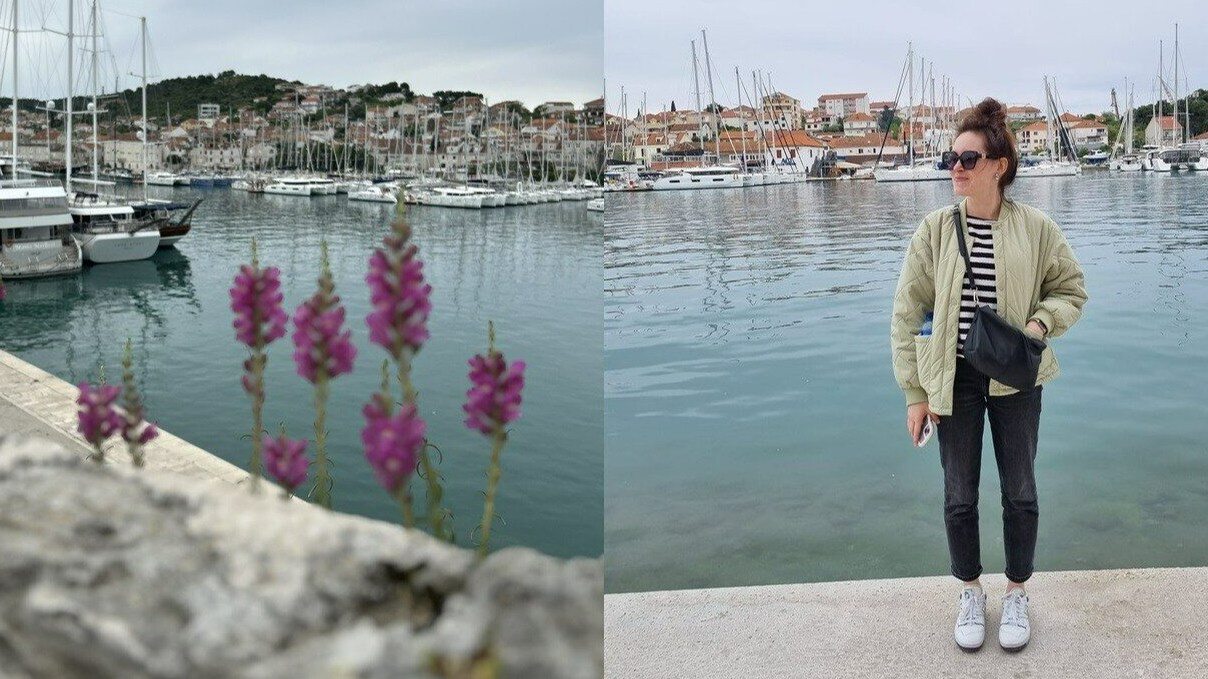
Tourists have to travel just 30 minutes from Split and 7 minutes from the nearby airport to reach “little Poland”. Why did the Croatians give one of the towns this name? And is it worth going here? See.
Croatia has been among the top countries chosen by tourists for holidays for years. Germans, Slovenians, Austrians and Poles especially like it. In 2023, over 1 million citizens from our country went here for vacation. They completed over 6.5 million overnight stays, which means an increase in arrivals by 3.38%. and an increase in overnight stays by 0.13%. compared to 2022. – They are motivated to come to Croatia by nature, sea, cuisine, monuments and culture – says Kristjan Staničić, director of the Croatian National Tourist Board.
In summer, those who appreciate Croatian beaches and the turquoise water of the Adriatic Sea come here. In spring and autumn, people who escape from the heat and like to go sightseeing come here. Now, thanks to an even wider offer of flights operated by PLL LOT, they can get there comfortably in 1.5 hours on board planes. Before the season, they will avoid crowds and can easily visit the tourist attractions of Dubrovnik, Split, Makarska and Trogir. This last port city is called “little Poland” by Croatians. Why?
Trogir – a Croatian port city
Due to its geographical location, Trogir – right on the Adriatic Sea, next to the island of Čiovo – has always been an ideal place to live, with a naturally protected harbor, many sources of drinking water, fertile soil and stone from local quarries.
Trogir has been inhabited for over 3,600 years, being one of the oldest Dalmatian cities. Artists, writers, craftsmen and travelers found inspiration here and left numerous traces of their work. Over the centuries, Trogir has become a wonderful treasury with many historical and cultural monuments, which is why UNESCO included it on the list of protected cultural sites in 1997.
The town is unique in many respects. It is inhabited by approximately 13,000 people. people, and its center is located on the island. It is connected to the Croatian mainland by a bridge. The second bridge leads to another tourist attraction, the island of Čiovo.
Trogir attracts with narrow, stone streets made of smooth yellow stone. Their color resembles the colors of the warm afternoon sun. One of the city's symbols is Kairos. According to legend, if you grab Kairos by his bangs, you can catch a happy moment, but you have to be really fast or he will just fly away with it.
We would like to remind you that Kairos is the Greek god of good luck or, conversely, of lost opportunity. He is imagined as bald with a distinctive thick fringe. Anyone passing him had seconds to grab a lock of his hair. With this he caught his lucky chance.
Among the rare representations of this idol is this Roman copy of a relief attributed to Lysippos, dating from the 1st century BC, found in Trogir.
In Trogir you can see monuments and traces of the work of masters: Radovan, Muscardello, Aleš, Blaž Jurjev Trogiranin, Firentinac and Duknović. In the city you can also see dancers performing the traditional Trogir dance called kvadrilja and listen to traditional music performed by the flapa. Both of these items are included in the list of protected intangible cultural treasures of the Republic of Croatia. Places worth visiting include the local promenade, the Kamerlengo Fortress – now a museum and once a castle from the 15th century; Cippiko Palace – also a 15th-century manor house that attracts primarily with its unique architecture in the Venetian Gothic style; St. Cathedral Lawrence in Trogir.
Once you have seen the unique city, its attractions and strolled its streets, be sure to go to the nearby island of Čiovo. It is a perfect place for active recreation. In turn, the nearby islands of Drvenik Veli and Drvenik Mali will appeal to those looking for relaxation.
“Little Poland” in Croatia
And why is Trogir called “little Poland” by Croatians? Our guide Jan Ivan claims that in the summer season in the city and on its island you can meet more foreigners than native Croatians. Mostly foreign languages are heard around, including Polish.
It is worth adding that Trogir, as a town located in the Split-Dalmatia County, is very eagerly visited by travelers. And there are especially many Poles here. After all, this Croatian “voivodeship” is mainly popular with Germans, followed by tourists from Poland. – Poles have always been among the top 5-6 nations arriving and staying in Croatia. Most Poles come to the Makarska Riviera, Split and other parts of Dalmatia – adds Staničić.

